Are you ready to begin making soap at home? The first step will be to gather the necessary supplies. Fortunately, there are many options for buying your supplies.
You can buy all the supplies you need to get started making soap online or at your local craft store. You may have some basic supplies at home already. With the right supplies, you'll be turning out beautiful handcrafted soaps in no time.
A few of the most popular places where you can get the supplies that you need are:
- Joann
- Michaels
- Hobby Lobby
- Bramble Berry Handcraft Provisions
- SoapGoods.com
- Bulk Apothecary
In this post, you'll learn what you need to make soap and where to get the supplies. Basic soap making techniques will also be discussed. Keep reading for the details of where to find soap making supplies.
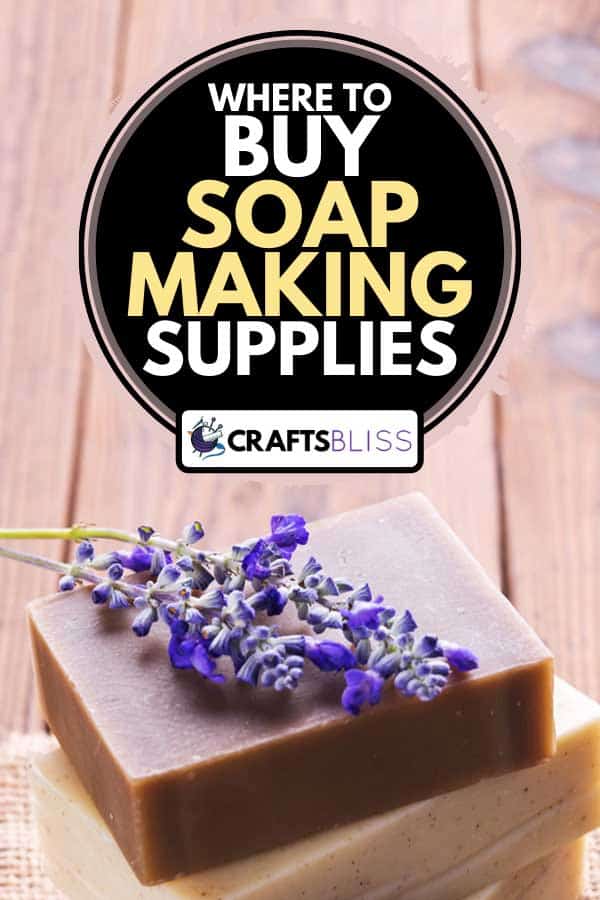
Best places to buy soap making supplies
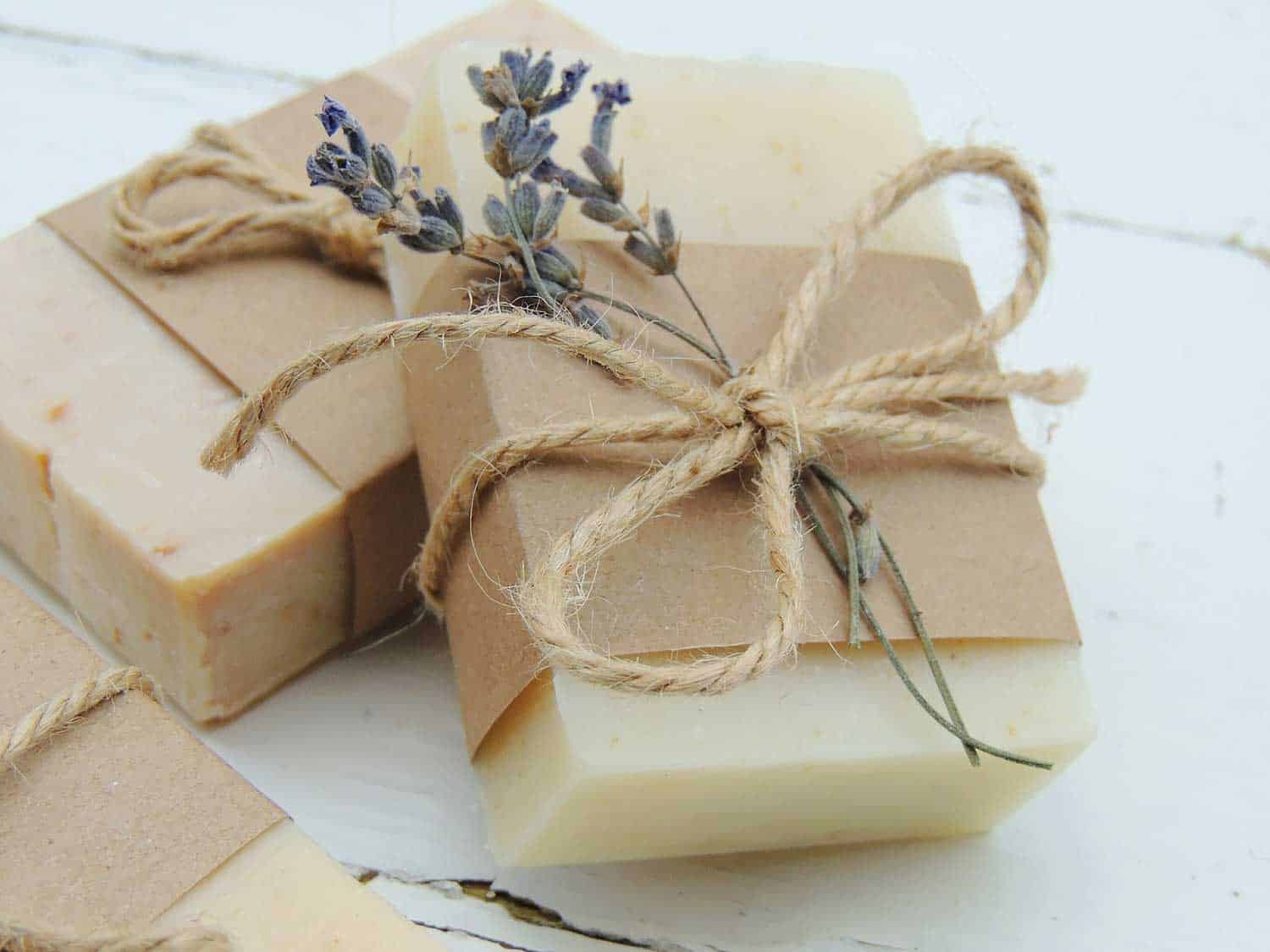
Soap making is not difficult. You will need to decide on the type of soap that you'd like to make and then gather the necessary supplies for that project. If you are the type of person that likes to see and touch items visit your local craft store. Soap making supplies are commonly carried at these stores.
For those that don't live near a craft supply store, online shopping will give you many options for purchasing supplies. A quick Google search for soap making supplies will show you everything from Amazon to small unique companies specific to the soap making hobby.
The following stores are great options for finding the supplies you need to get started with soap making:
Joann, Michaels, and Hobby Lobby
Big box arts and crafts stores such as Joann, Michaels, and Hobby Lobby carry basic soap making supplies. At these stores, you'll be able to purchase everything you need to start making soap. Kits that contain everything you need to start are available at these stores. You can visit these stores in person and they also have online ordering.
Bramble Berry Handcraft Provisions
Bramble Berry Handcraft Provisions is an online store that carries a large variety of soapmaking supplies. Here you'll find basic beginner supplies as well as ingredients for more advanced soap makers. Soap making kits are available through this source. Kits are an excellent option for trying out soap making before you go all-in with an extensive collection of supplies.
SoapGoods.com
SoapGoods.com has a large collection of melt and pour soap base and basic soap making supplies. Online suppliers are an excellent option for finding specialty items that big box craft stores may not carry.
Bulk Apothecary
Bulk Apothecary is a source for basic and advanced soap making supplies. They carry some unique ingredients such as herbs, spices, and seeds to create interesting and unique custom soaps.
Types of Soap Making
There are a few types of soap making. Many of the supplies needed are the same, but you'll need a few special items for specific methods.
Melt and Pour
Melt and Pour is the best method for a beginning soap maker or if you are working with kids. Instead of creating soap from scratch you are melting a pre-made base and molding it to the desired shape. The soap can be customized with color and scent. This method is suitable for beginners because it does not require lye.
Cold Process
Cold process is a method for making soap from scratch. It requires the use of lye and takes longer than hot process.
Hot Process
Hot process creates a rustic style of soap. It also requires the use of lye.
Melt and Pour soap is one of the easiest methods for beginners. It requires fundamental supplies and avoids the use of caustic lye. Lye can be hazardous to work with. Consider attempting a lye soap after you master the basics with a melt and pour soap. This post will focus on the melt and pour method for a beginning soap maker.
What Supplies Do You Need For Soap Making?
Melt and Pour Soap Base
Soap bases contain different ingredients and will affect the way your finished soap looks and feels. By choosing different bases you can make a soap that lathers more or less, moisturizes, etc.
Melt and pour bases are the simplest for beginners. The soap base is melted in a microwave or soap melter and then reformed by pouring into the desired mold shape.
Click here to find this sampler soap base kit on Amazon.
Soap Safe Fragrance Oil
To create a pleasant scent for your soap you will add a soap safe fragrance oil to the soap base.
Click here to see this fragrance oil set on Amazon.
Soap dye
Without dye, your soap will remain the color of the base. By adding soap dye you can achieve any color you can imagine.
Click here to see this soap dye set on Amazon.
Molds
Soap molds are containers that the melted base is poured into. Once the base hardens it will reform into the shape of the mold. Specifically shaped molds like hearts or bars can be used, but you can also use common household containers as molds. Large molds can be used and then after the soap has hardened the loaf can be sliced to form bars of soap. Silicone is an excellent material to look for in molds because it releases hardened soap easily.
Click here to see these bar-shaped molds on Amazon.
Click here to see these floral shaped molds on Amazon.
Microwave or melting pot
Soap base will need to be melted to a liquid state for pouring into a mold. A microwave can be used or a melting pot designed for soap making.
This pot is designed for candy melts, but it will also melt the soap base.
Click here to see this melting pot on Amazon.
Stirring utensil
A spoon or silicone spatula works best for stirring.
Click here to see this silicone set on Amazon.
Plastic or glass microwavable container
If you use your microwave to melt the soap base you'll need a container safe for use in the microwave.
Click here to see this funnel pitcher on Amazon. It is microwave safe and also has a handy pour spout for filling molds.
Scale
At times, you may need to measure ingredients by weight. A kitchen scale will come in handy for additives to your soap.
Click here to see this scale on Amazon.
Cutting board or solid cutting surface
If you make "loaves" of soap for cutting into bars, you'll need a cutting board or solid surface to cut the bars.
Click here to see these cutting boards on Amazon.
Sharp knife or soap cutter
This all in one kit contains a silicone loaf mold, a holder, and a bar cutter. Click here to see it on Amazon.
How Do You Make Homemade Soap As A Beginner?
Choose a soap base.
Melt and pour options give you many options - shea butter, glycerin, goat's milk, organic, aloe vera, to name a few.
Gather your supplies.
You'll need your container to melt the soap base, a utensil to stir the liquid with, any additives like scent or color, and a mold.
Melt the soap base.
Melt and pour bars can be melted in the microwave or a double boiler on the stovetop.
Mix in fragrance if desired.
If you'd like a scented soap, add in fragrance according to the amount recommended on the package.
Mix in soap dye if desired
To alter the soap base color, stir in soap dye according to the amount recommended on the dye package.
Fill the mold.
Carefully pour the melted liquid soap base into the mold. Watch for splashes as the liquid will be hot. Fill the molds as close to the top as possible. Soap does not expand as it hardens so there is no need to leave extra room at the top.
Allow the mold to cool.
Leave the soap mold on a flat surface and allow the soap base to cool and harden. Don't touch or move it until it has completely set. This can take as long as 24 hours for a large mold.
Unmold your soap!
Pop the dried soap out of the mold. If you created a large loaf, cut it into bars.
This YouTube video will demonstrate how to make melt and pour soap bars. It also shows how to add in a few extras to the soap base.
What Is The Main Ingredient In Making Soap?
In traditional soap making, sodium hydroxide, also known as lye, is the main ingredient. Fats and oils react with lye resulting in a process known as saponification, which makes soap! The problem with lye is that it can be a dangerous ingredient when not handled carefully. Lye can irritate skin and even cause burns.
Lye must be carefully measured and you need to protect eyes and skin when working with it.
Fortunately for beginning soap makers, there is an alternative to lye. Melt and pour soap bases do not require lye and still result in a beautiful soap without the dangers of working with lye.
Is Soap Making Expensive?
Making your soap is going to cost more per bar than store-bought soap, but there are some ways to decrease the cost. Overall, soap making is not a considerable investment for the start-up. The largest expense is the soap base. Check online sites to see if coupons are available or if buying in bulk is less expensive.
Shop your home and kitchen to see what supplies you may have. Items like melting and pouring containers, cutting boards, scales, stirring utensils are items you probably already have. Think outside the box for things that can be used as molds. If you have silicone muffin or baking pans these make marvelous molds. You can even use plastic storage containers for molds.
Remember the benefits of custom soap may outweigh the cost. You can create organic soaps that are very gentle and moisturizing. Homemade soaps make beautiful gifts for friends and family.
In Summary
Making homemade soap is an enjoyable hobby. There are many resources available to find quality soap making supplies both in-person and online. Try out melt and pour soap methods to gain confidence and practice and then decide if you want to learn more advanced soap making techniques.












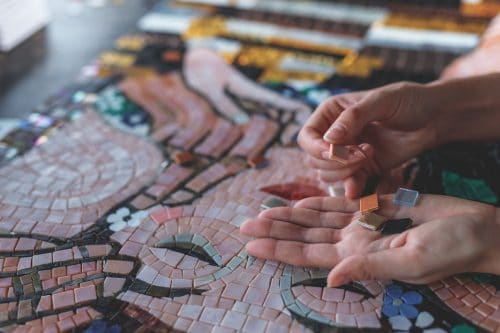
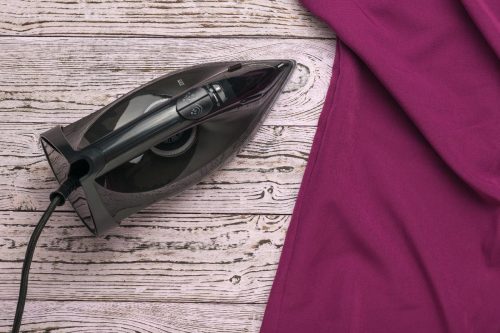
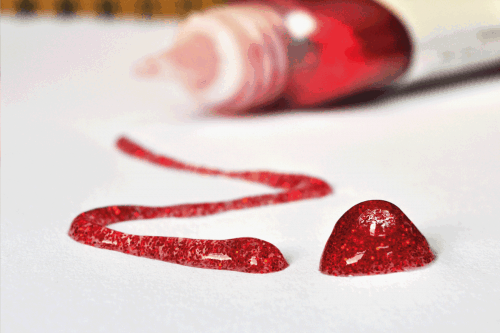
![Read more about the article How To Crochet Coasters [18 Easy Patterns For Beginners!]](https://craftsbliss.com/wp-content/uploads/2020/10/Colourful-chaos-of-threads-500x333.jpg)
![Read more about the article Why Does My Rotary Cutter Skip? [And What To Do About It]](https://craftsbliss.com/wp-content/uploads/2022/05/Circular-blade-500x333.jpg)
